

Allergic to Pine Nuts or Basil? Unconventional Ways to Make Pesto
Summary
Reflection Questions
Journal Prompt
As you might have guessed, this is in no way a guide to making traditional pesto. In fact, some readers might attest that pesto sauce isn’t really pesto without the fresh basil leaves, garlic, pine nuts, extra virgin olive oil, lemon juice, and pecorino cheese. But it you seek a substitute for pine nuts in pesto or if you crave the vegetal taste but can’t eat basil, this article is for you! Bear in mind that when substituting any ingredient, you’ll want to start with a 1:1 ratio and adjust to taste. The type of nut, seed, or vegetable you choose can subtly change the flavor profile of your pesto, so it might be fun to experiment and find your favorite combination! Read on for a few unconventional ways to make this delicious sauce for pasta, pizza, salad dressing, grilled meats, and more.
What Exactly is Pesto, and Where Does it Come From?


Pesto is a vibrant, green sauce that originates from Genoa in the Liguria region of northern Italy. The name “pesto” is derived from the Italian word “pestare,” which means to pound or crush, referring to the traditional method of preparation using a mortar and pestle. The classic version of this sauce, known as Pesto alla Genovese, is made from fresh basil leaves, garlic, pine nuts, coarse salt, Parmigiano-Reggiano (Parmesan cheese), Pecorino cheese, and extra-virgin olive oil.
The ingredients are typically crushed or blended together to create a thick, aromatic sauce that’s full of flavor. Pesto’s history can be traced back to the ancient Romans, who made a similar paste called “moretum,” which was made by crushing garlic, salt, cheese, herbs, olive oil, and vinegar. However, the version of pesto we’re familiar with today began to take shape during the Middle Ages, with the addition of basil becoming popular in the Ligurian cuisine.
Pesto has become a staple in Italian cuisine but has also gained international popularity, leading to numerous variations based on local ingredients or dietary preferences. For example, some versions replace basil with arugula, spinach, or parsley, and nuts can be swapped out, as discussed earlier.
Traditionally, pesto is used as a sauce for pasta, but its uses have expanded to include spreading on sandwiches, as a dressing for salads, a marinade for meats, and more. Its fresh, bold flavors make it a versatile condiment that enhances a wide variety of dishes.
How Do You Make Traditional Basil Pesto?
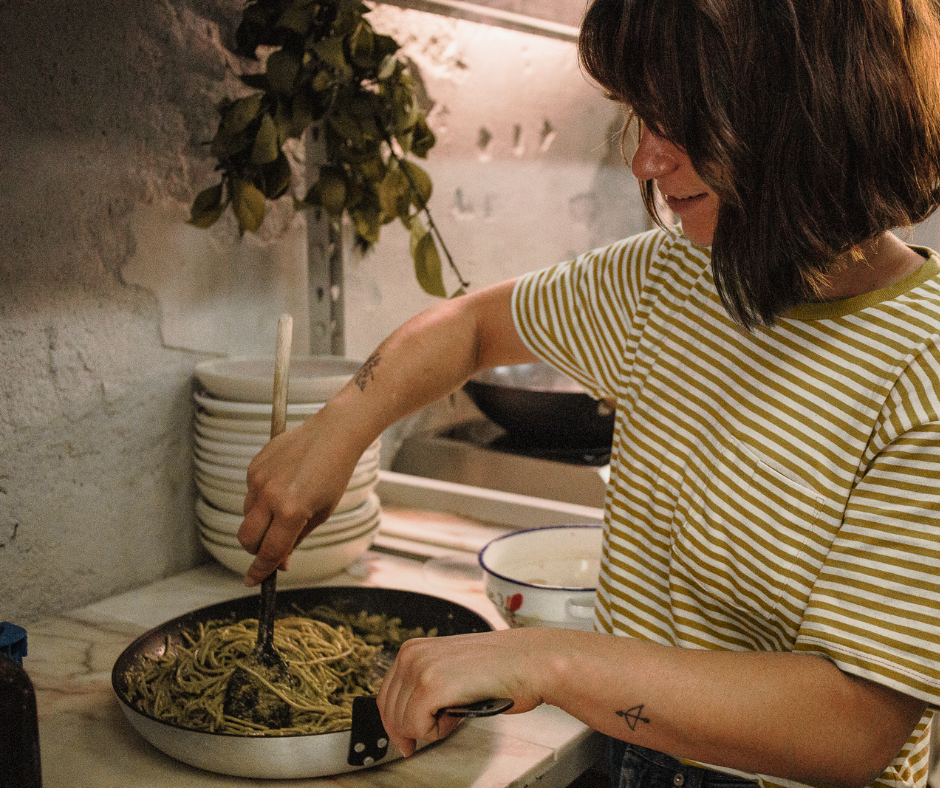

If you find yourself looking for a traditional green pesto, here’s a pesto recipe you can replicate at home. If you don’t have a mortar and pestle, you can use a food processor to make pesto. However, to keep it as traditional as possible, pulse the ingredients gently to avoid overheating the basil, which can lead to discoloration and a loss of flavor.
Traditional pesto is best used fresh but can be stored in the refrigerator for up to a week. To preserve its bright green color, pour a thin layer of olive oil on top before sealing it in an airtight container. It can also be frozen in small batches (think in an ice cube tray) for several months. To make traditional Pesto alla Genovese, the classic Italian basil pesto, you’ll need the following ingredients.
- 2 cups fresh basil leaves, packed
- 2 cloves garlic, peeled
- 1/4 cup pine nuts
- 1/2 cup extra-virgin olive oil, plus more if needed
- 1/2 cup freshly grated Parmigiano-Reggiano cheese
- 2 tablespoons freshly grated Pecorino cheese
- Salt to taste
And here’s a simple step-by-step guide to making your own pesto with traditional ingredients like basil, pine nuts, garlic, and pecorino.
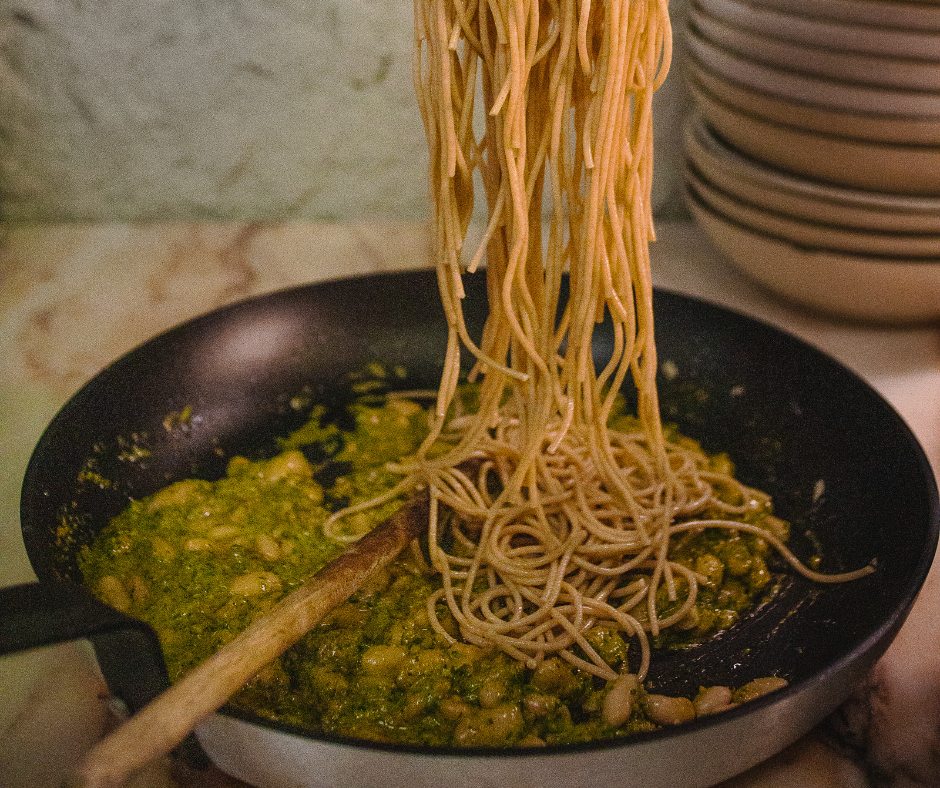

- Prep the Basil: Wash the basil leaves in cold water and spin them dry in a salad spinner or pat them dry gently with a kitchen towel. This step is crucial to ensure your pesto isn’t watery.
- Crush Garlic and Pine Nuts: Using a mortar and pestle, crush the garlic cloves with a pinch of salt until a paste forms. Add the pine nuts and continue to crush until the mixture is finely ground and combined. The salt helps to break down the garlic fibers and releases its flavor.
- Add Basil: Gradually add the basil leaves, crushing and grinding them against the walls of the mortar. Work in a circular motion until the basil breaks down into a fine paste. This process may take a while, but it’s key to achieving the bright green color and fragrant basil flavor.
- Mix in Olive Oil: Once the basil mixture is finely ground, slowly add olive oil while continuing to mix. The traditional method involves a slow incorporation of oil to create an emulsion, resulting in a smooth, cohesive sauce.
- Add Cheese: Stir in the grated Parmigiano-Reggiano and Pecorino cheese until everything is well combined and the pesto reaches your desired consistency. If it’s too thick, you can add a little more olive oil to loosen it up.
- Season: Taste the pesto and adjust the seasoning with salt, if necessary.
Substituting Key Ingredients in Traditional Basil Pesto
Using Roasted Red Peppers Instead of Basil


Substituting basil with roasted red peppers transforms the classic pesto into a smoky, sweet, and vibrant sauce. This variation maintains the traditional texture but introduces a whole new layer of flavor. The roasted red peppers offer a gentle sweetness and smokiness, making the pesto suitable for pasta, as a spread in sandwiches, or even as a dip. When using roasted red peppers, consider balancing the sweetness with a bit of acidity from lemon juice or balsamic vinegar to achieve a harmonious flavor profile.
Using Kale, Carrot Tops, Cilantro, or Asparagus Instead of Basil


Incorporating greens like carrot tops, asparagus, or even kale in place of the traditional herb yields a pesto that’s not only delicious but also packed with nutritional benefits. Kale provides a hearty, slightly earthy flavor, while carrot tops offer a hint of bitterness that complements the creamy sauce. Asparagus, on the other hand, introduces a delicate, slightly sweet taste. These different greens can be used raw or blanched to soften their flavors. This substitution is perfect for those looking to add a twist to the classic pesto or incorporate more greens into their diet.
Fresh or Roasted Vegetables?
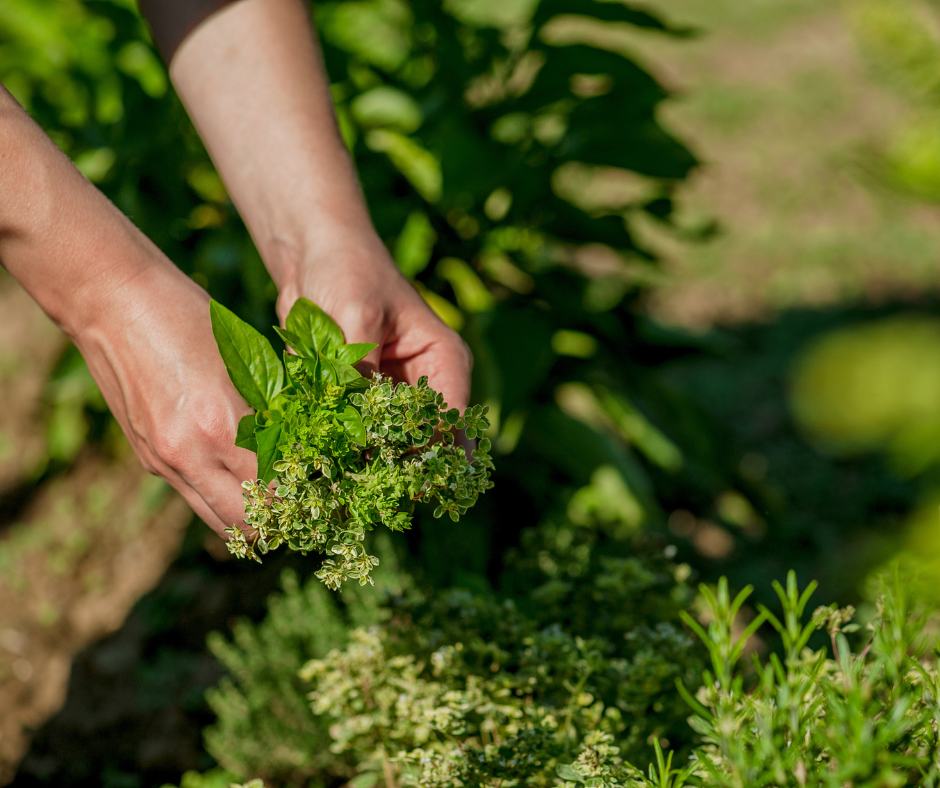

The choice between fresh or roasted vegetables in pesto can significantly affect the sauce’s flavor profile. Fresh vegetables bring a crisp, vibrant taste to the pesto, ideal for lighter, spring and summer dishes. In contrast, roasted vegetables add depth and complexity through caramelization, lending a sweetness and smokiness that complements heartier meals. The decision ultimately depends on personal preference and the desired outcome, with both options offering unique and flavorful results.
Swapping in Sunflower Seeds or Pumpkin Seeds for Pine Nuts
For those with nut allergies or simply looking for a more affordable alternative to pine nuts, sunflower seeds and pumpkin seeds (pepitas) are excellent substitutes. Sunflower seeds add a mild, nutty flavor and a creamy texture, while pumpkin seeds offer a slightly sweet, nutty taste with a crunchy bite. These seeds not only make the pesto allergy-friendly but also add a nutritional boost, including valuable vitamins and minerals. The substitution is straightforward and doesn’t compromise the pesto’s beloved flavor and texture.
Replacing Pine Nuts with Macadamia, Walnuts, Almonds, Hazelnuts, or Cashews
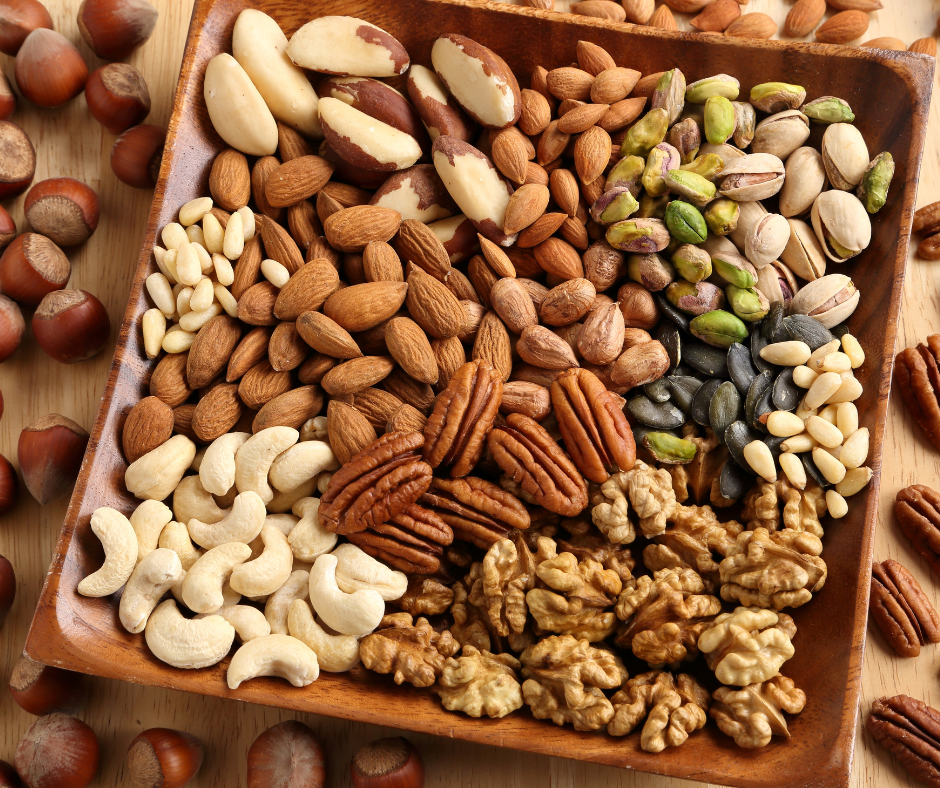

Macadamia nuts, walnuts, and cashews each offer unique flavors and textures when substituted for pine nuts in pesto. Macadamia nuts bring a buttery richness, walnuts contribute a robust depth with a slight bitterness, and cashew pesto offers a softer, creamy consistency. These nuts can be used raw or lightly toasted to enhance their flavors before blending into the pesto. Whether you opt for raw cashews or even Brazil nuts when making pesto, the result is a deliciously nutty, rich, and versatile sauce that maintains the essence of traditional pesto while introducing new and exciting flavors.
Creating Vegan Pesto with a Delicious Cheesy Flavor
Creating a vegan version of pesto is quite straightforward, and there are several delicious substitutes for cheese that can preserve the creamy texture and add a depth of flavor similar to the salty cheese many non-vegans adore.
Nutritional Yeast or Miso
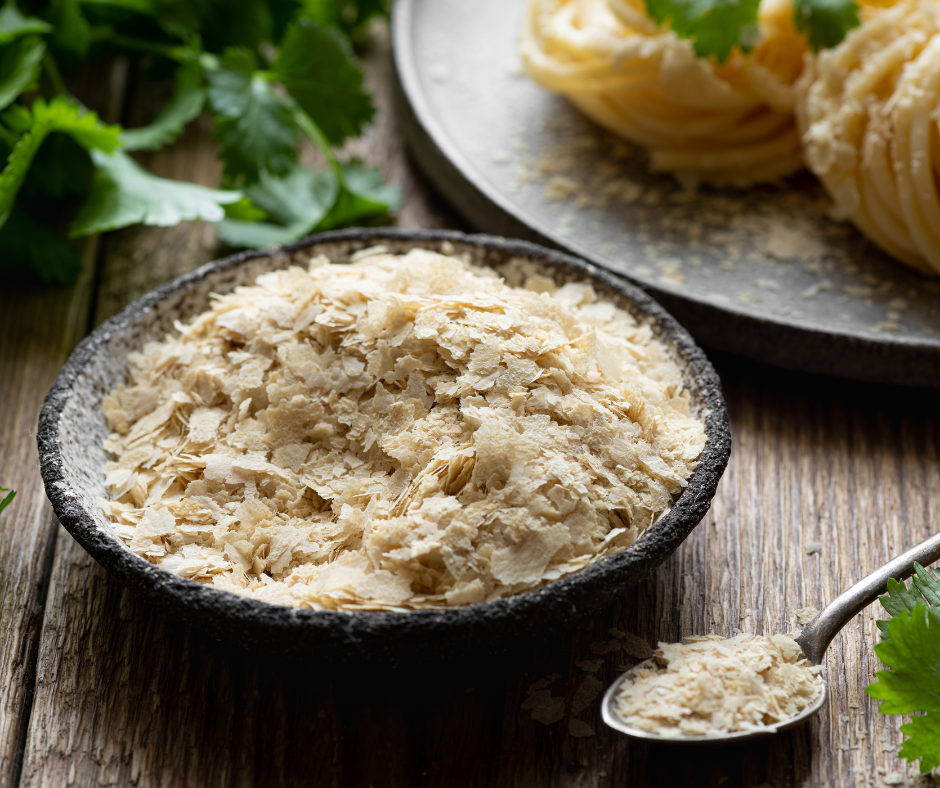

Nutritional yeast is one of the most popular cheese substitutes in vegan cooking due to its cheesy, nutty flavor. Nutritional yeast is rich in B vitamins and can be added to your pesto to mimic the savory depth of Parmesan cheese. A small amount of white or chickpea miso can add a salty, umami flavor to your pesto, somewhat resembling the taste and richness of cheese. It’s also a great way to add some beneficial probiotics to your dish. Serving suggestions vary, so be sure to look up recommendations before making the swap.
Vegan Cheese Alternatives
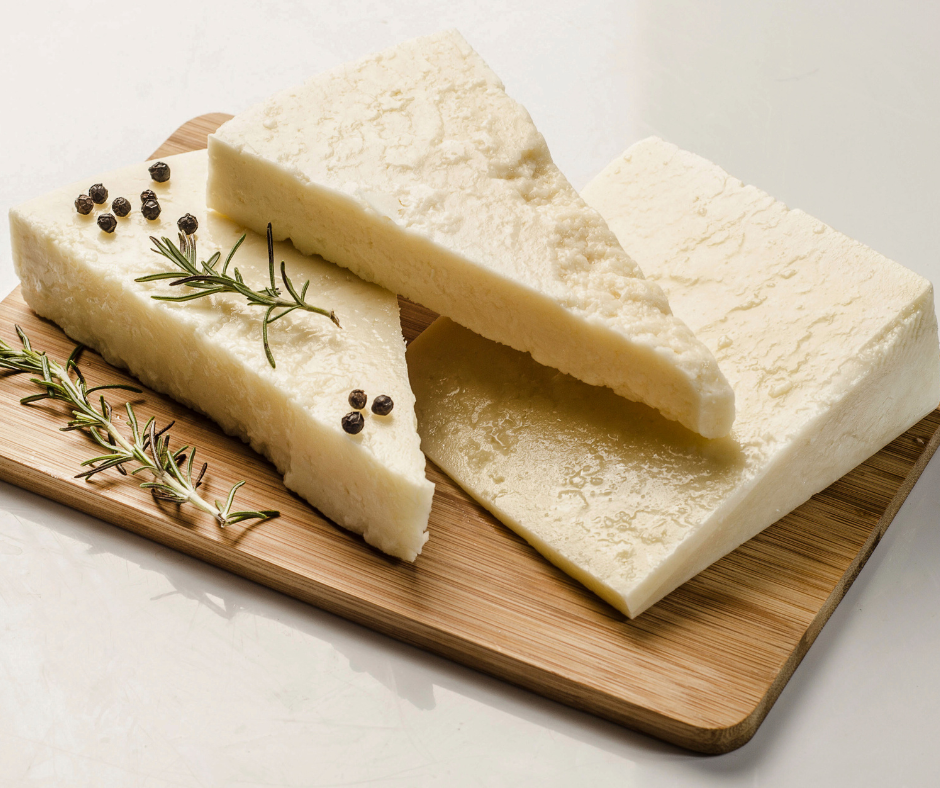

There are many commercial vegan Pecorino alternatives available that are made from a variety of ingredients such as nuts, nutritional yeast, and seasonings. These can be grated or shredded into your pesto for a similar texture and flavor to traditional cheese sauces.
Nuts and Seeds
Soaked and blended cashews can add creaminess and body to the pesto, giving it a rich texture without dairy. Although cashews don’t bring a strong cheesy flavor on their own, when combined with nutritional yeast, they can create a convincing cheese-like taste. Just like cashews, almonds can be soaked, blended, and mixed with nutritional yeast to create a texture and flavor similar to grated cheese. They provide a nice nutty base that complements the other flavors in pesto. Hemp seeds can be blended into the pesto to add a creamy texture and a nutritional boost without altering the flavor too much. They’re an excellent source of omega-3 fatty acids and protein.
Tahini and Other Sauces


A little tahini can add a creamy texture and a slight bitterness that mimics the role of cheese in pesto. It pairs well with the basil and garlic flavors, creating a smooth and rich sauce.
When making vegan pesto, start with small amounts of these substitutes and adjust to taste. Many of these alternatives not only mimic the characteristics of cheese but also enhance the pesto with unique flavors and nutritional benefits, making your vegan pesto a delicious and healthy addition to a variety of dishes.
Will You Give One of These Alternative Pestos a Try?
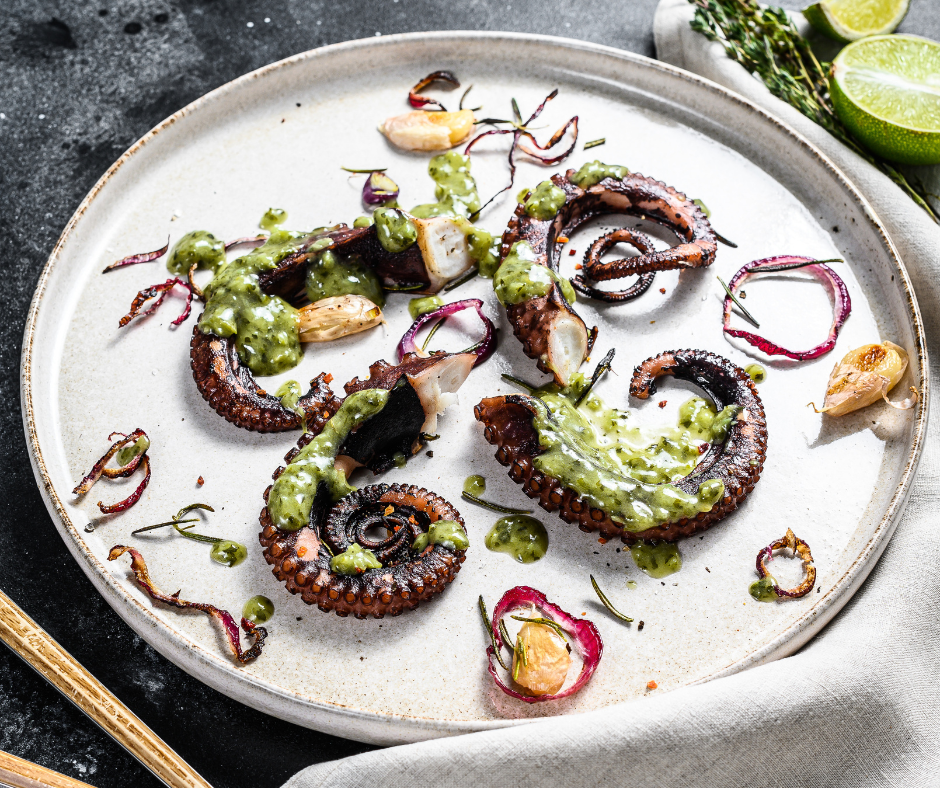

As we’ve explored the world of pesto beyond its traditional boundaries, it’s clear that this beloved Italian sauce is as versatile as it is delicious. From the smoky sweetness of roasted red peppers to the hearty depth of kale and the rich nuttiness of various seeds and nuts, the possibilities for customization are nearly endless.
Whether you adhere to a specific diet, like veganism, or simply wish to experiment with the flavors and ingredients available in your kitchen, pesto is surprisingly easy to adapt. We encourage you to not only try these innovative twists on classic pesto but also to share your own recipes and substitutions in the comments below. Your unique combination might just become someone else’s new favorite. Let’s continue to celebrate the diversity of flavors and ingredients that make pesto such a universally loved and endlessly adaptable sauce.








